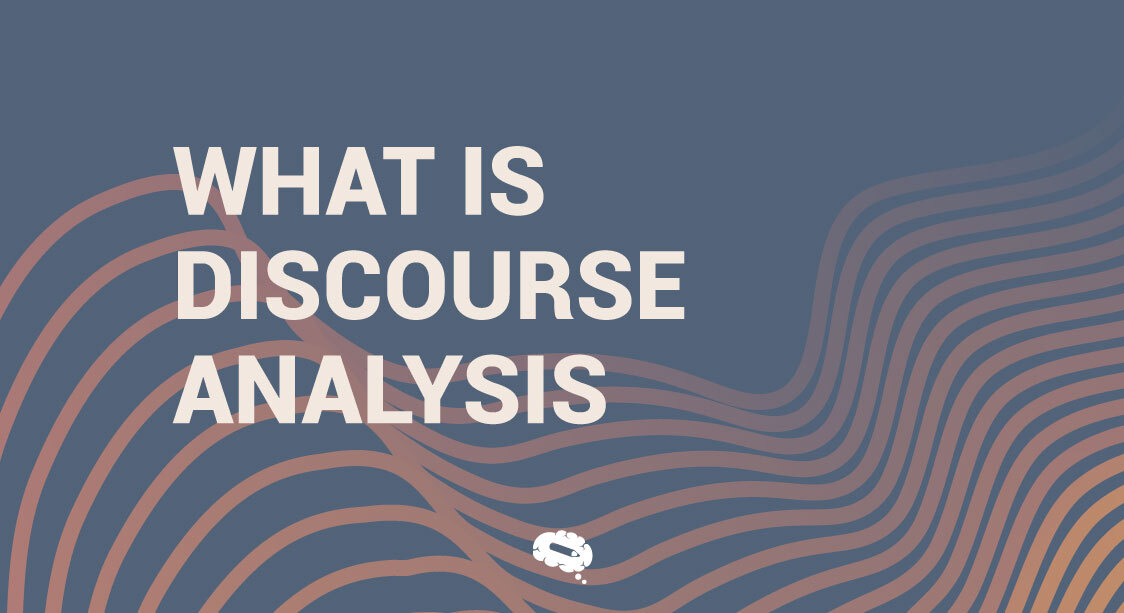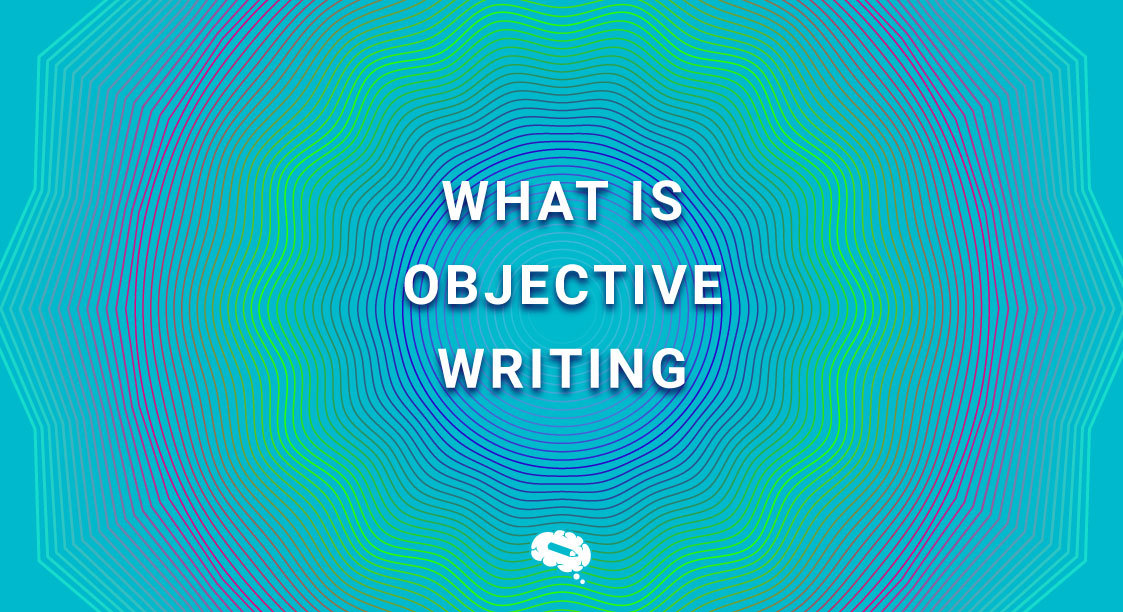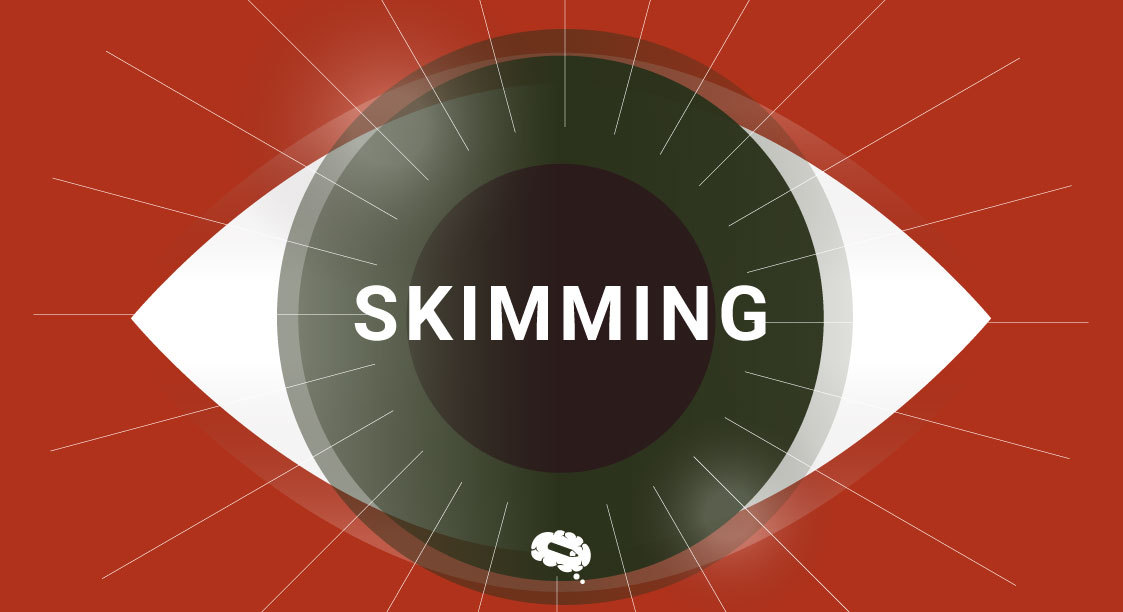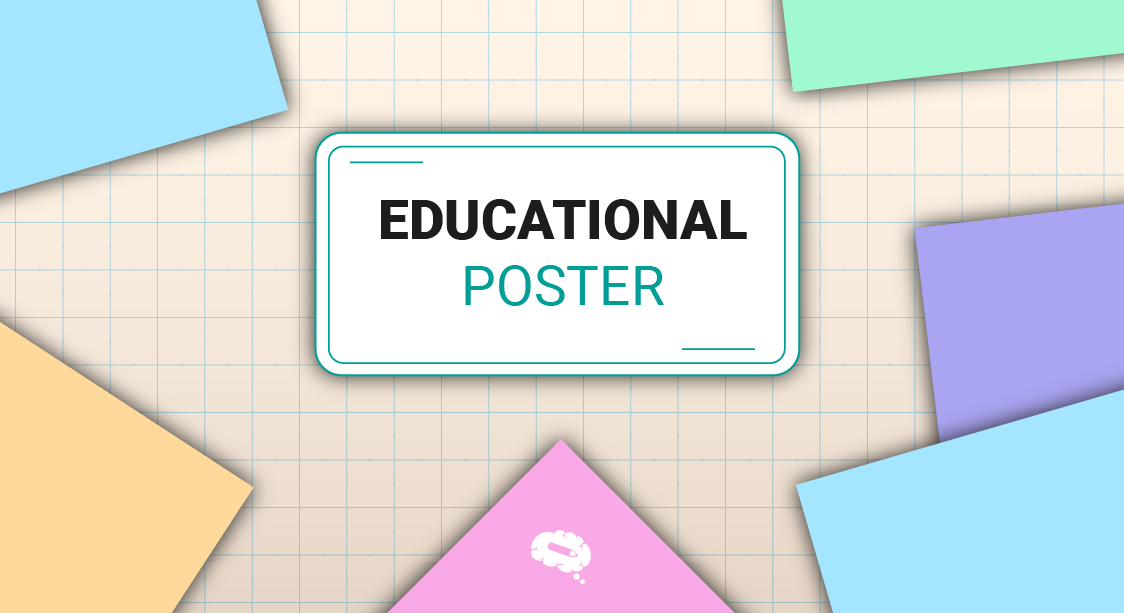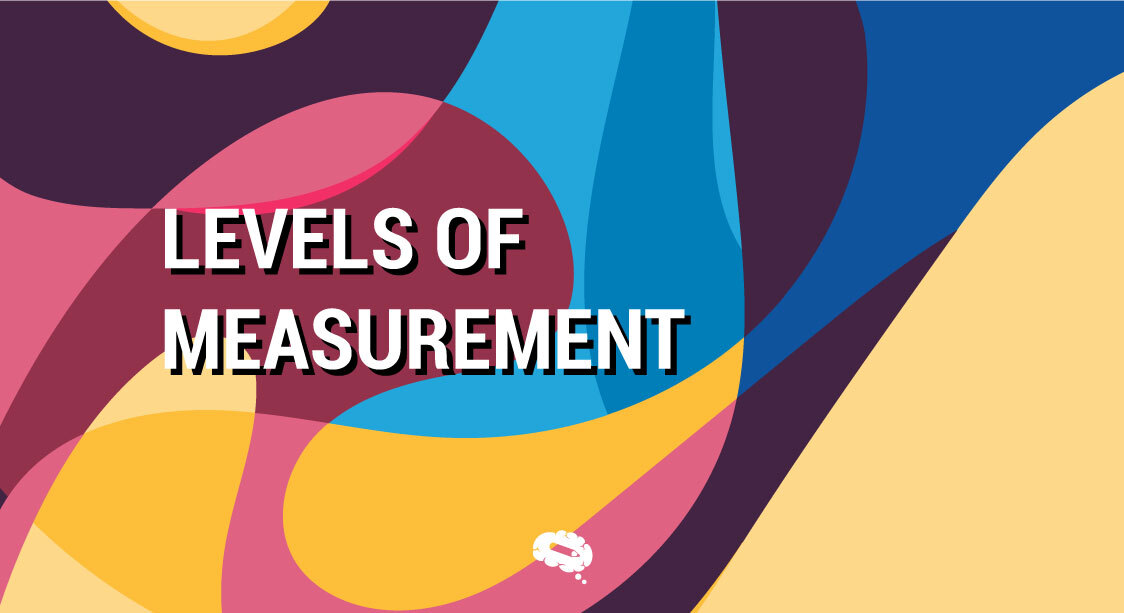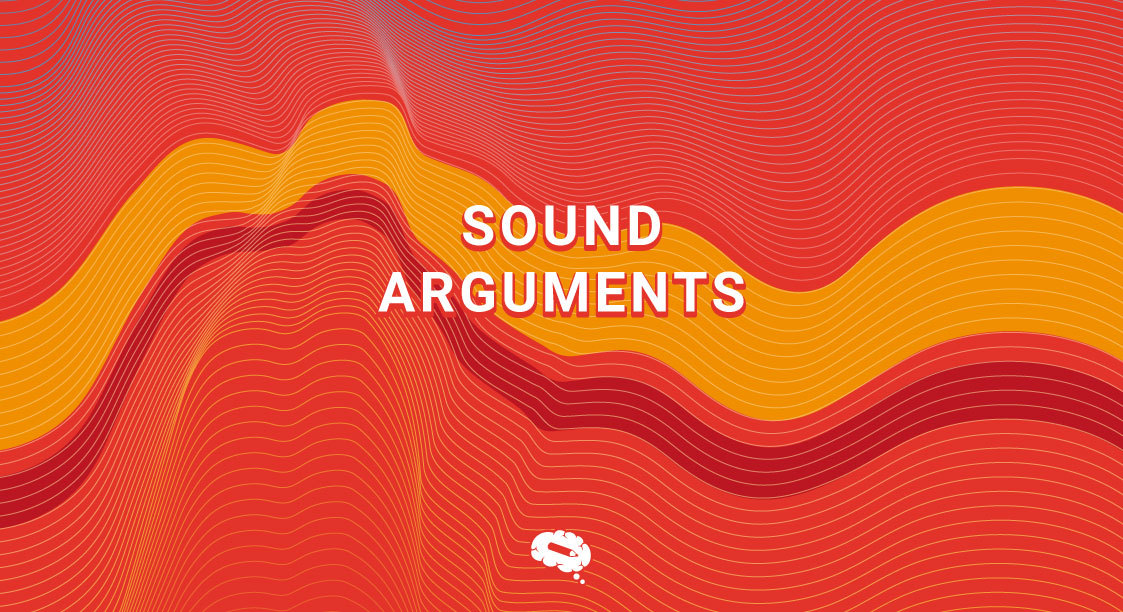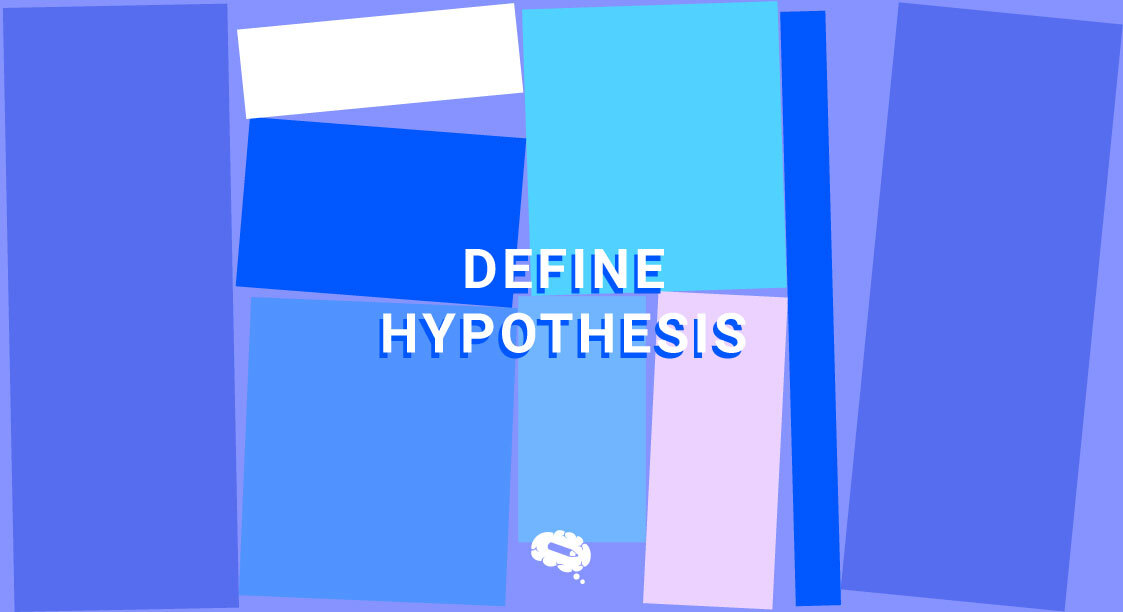In the world of words and conversations, discourse analysis is like a special magnifying glass that helps us understand how language works in different situations. It’s not just about what words mean, but also about how they are used and why.
Imagine it as a way to explore the hidden patterns and meanings in the way we talk or write. Discourse analysis is like a key that unlocks the secrets of communication, showing us how language connects with our daily lives, cultures, and even the power dynamics between people. In this article, you will learn what is discourse analysis and understand the stories behind the words we use every day.
What is Discourse Analysis?
Discourse analysis is an interdisciplinary method of examining language use in social contexts. Rather than focusing solely on the structure of sentences and words, discourse analysis investigates how language shapes and is shaped by social, cultural, and power dynamics.
It delves into spoken and written communication, aiming to uncover implicit meanings, societal norms, and power relationships embedded in language.
At its essence, discourse analysis recognizes language as a social construct, influencing and reflecting the way individuals perceive and interact with the world. Researchers in this field explore a variety of discourses, from everyday conversations to formal texts and media representations.
History And Evolution Of Discourse Analysis
Discourse analysis has roots in linguistics and philosophy, but its formal development gained momentum in the 20th century. Early linguistic theorists, such as Ferdinand de Saussure, explored the structural aspects of language, while philosophers like Ludwig Wittgenstein emphasized the importance of language in social practices.
The term “discourse analysis” became more prominent in the 1960s and 1970s, with scholars like Michel Foucault and Erving Goffman influencing the field. Foucault, for instance, examined how discourse shapes knowledge and power structures in society, while Goffman focused on the role of language in face-to-face interactions.
Over time, discourse analysis expanded beyond linguistics to become an interdisciplinary field, incorporating insights from sociology, anthropology, and communication studies. Its evolution involved a shift from a focus on language structure to an emphasis on the social, cultural, and power dimensions of communication. Today, discourse analysis is a versatile tool used in various disciplines to investigate how language reflects and influences social phenomena, contributing to a nuanced understanding of the complexities of human communication.
Importance And Applications Of Discourse Analysis
Discourse analysis holds significant importance as it allows us to unravel the underlying layers of meaning in communication, shedding light on how language shapes and reflects social realities. Here are key reasons for its importance and various applications:
Revealing Power Dynamics
Discourse analysis allows researchers to uncover power relationships embedded in language. It helps identify how certain groups or individuals use language to exert influence, shaping societal structures and hierarchies.
Understanding Social Constructs
By examining discourse, researchers can gain insights into how language contributes to the construction of social realities, cultural norms, and shared meanings within communities. It provides a window into how individuals and groups interpret and make sense of the world around them.
Analyzing Media Representations
Discourse analysis is crucial in media studies to examine how language is employed in news articles, advertisements, and other media forms. It helps reveal how media constructs narratives, influences public opinion and contributes to the shaping of societal attitudes.
Uncovering Implicit Bias
Language often contains implicit biases that influence perceptions and interactions. Discourse analysis helps bring these biases to light, contributing to a better understanding of how language can unintentionally reinforce stereotypes or discriminatory practices.
Political Discourse Analysis
Political speeches, debates, and communication play a significant role in shaping public opinion. Discourse analysis in the political realm helps reveal strategies, rhetoric, and ideologies employed by politicians, contributing to a deeper understanding of political communication.
Educational Research
In the field of education, discourse analysis is used to study classroom interactions, educational policies, and textbooks. It provides insights into how language influences the teaching and learning process, as well as the construction of educational ideologies.
Corporate Communication
Businesses utilize discourse analysis to understand how their communication strategies, including advertisements and public relations efforts, impact consumer perceptions. It aids in crafting effective and culturally sensitive communication in a globalized world.
Legal Discourse Analysis
In legal studies, discourse analysis is employed to examine legal texts, court proceedings, and arguments. It helps uncover how language is used to construct legal realities and how legal decisions may be influenced by linguistic nuances.
Social Change And Activism
Discourse analysis is applied in studying social movements and activist discourses. It helps activists understand how language can be strategically employed to challenge existing norms, promote social change, and influence public opinion.
Key Concepts In Discourse Analysis
Discourse analysis involves several key concepts that guide researchers in understanding the complexities of language use within social contexts:
Power And Ideology
Discourse analysis often explores how language is used to exert power and promote specific ideologies. It investigates how certain groups or individuals may use language to reinforce or challenge existing power structures and societal norms.
Social Constructionism
This concept suggests that reality is socially constructed through language. Discourse analysts examine how language contributes to the creation of shared meanings, identities, and social realities within a given community or culture.
Context
Understanding discourse requires considering the broader context in which communication occurs. This includes social, cultural, historical, and situational factors that influence how language is used and interpreted.
Discursive Practices
Discourse is not just about individual words; it involves examining broader patterns and practices of communication. Discourse analysts study how language functions in different contexts and settings, such as interviews, media, or everyday conversations.
Intertextuality
This concept refers to the idea that texts are interconnected and refer to other texts. Discourse analysts explore how language use is influenced by and references other discourses, contributing to a web of interconnected meanings.
Subjectivity And Identity
Language plays a crucial role in the construction of individual and collective identities. Discourse analysis examines how people use language to position themselves and others within social categories, influencing perceptions and interactions.
Social Norms And Values
Discourse analysis investigates how language reflects and enforces societal norms and values. It explores the ways in which certain language choices contribute to the reinforcement or transformation of cultural practices.
Representation
Examining how social groups, events, and phenomena are represented in language is a central concern in discourse analysis. This includes studying how media, for example, constructs narratives that shape public perceptions.
Analyzing Discourse: Techniques And Tools
Analyzing discourse involves a range of techniques and tools to uncover patterns, meanings, and social implications embedded in language use. Here are some commonly used methods:
Close Reading
This technique involves a detailed examination of texts, paying attention to specific words, phrases, and linguistic structures. Close reading allows researchers to identify recurring themes, metaphors, and nuances within the discourse.
Transcription And Coding
For spoken discourse, transcription involves converting spoken language into written form. Researchers then use coding systems to categorize and analyze different elements of the text, such as themes, speaker turns, or emotional tone.
Critical Discourse Analysis (CDA)
CDA is an approach that focuses on the relationship between language, power, and ideology. It involves scrutinizing texts for hidden power structures, biases, and the ways in which language may contribute to maintaining or challenging societal norms.
Conversation Analysis
This method concentrates on the structure and organization of spoken interactions. Researchers examine turn-taking, pauses, and the sequential order of conversational elements to understand how meaning is co-constructed in real-time communication.
Social Constructionist Approach
This approach involves considering the broader socio-cultural context in which communication occurs. This method recognizes that language is deeply intertwined with societal norms, power dynamics, and cultural ideologies. By examining the social context, discourse analysts aim to understand how language reflects and influences these broader structures.
Discourse Historical Analysis
This approach investigates how discourse evolves over time, considering historical changes in language use. Researchers trace the development of discourses to understand their impact on societal attitudes and beliefs.
Software Tools
Various software tools aid in discourse analysis by facilitating the organization and analysis of large amounts of textual data. Examples include NVivo, Atlas.ti, and MAXQDA, which assist researchers in coding, categorizing, and visualizing patterns within texts.
Multimodal Analysis
This technique extends analysis beyond written or spoken language to include visual elements like images, videos, and gestures. Researchers explore how different modes of communication interact to convey meaning.
Narrative Analysis
Focusing on the structure and content of narratives, this method examines how stories contribute to the construction of meaning and identity. Researchers analyze the storytelling techniques used and their impact on shaping perspectives.
Frame Analysis
This approach involves identifying the frames or interpretive schemata through which individuals interpret information. Researchers explore how language is framed within particular contexts to influence perceptions and understandings.
These techniques and tools offer diverse avenues for researchers to delve into the intricate layers of discourse, enabling a nuanced understanding of how language operates in various social, cultural, and historical contexts. The choice of method depends on the research questions, data type, and the specific aspects of discourse under investigation.
In conclusion, discourse analysis serves as a powerful lens through which we can discover the intricate layers of language within social contexts. By examining spoken and written communication, discourse analysis unveils the subtle dynamics of power, the construction of social realities, and the influence of language on cultural norms.
Make Scientifically Accurate Infographics In Minutes
Are you looking for visuals that are perfect for your presentations or research papers? Wait know more as Mind the Graph helps you make scientifically accurate infographics in minutes. Sign up now to learn and explore!

Subscribe to our newsletter
Exclusive high quality content about effective visual
communication in science.

